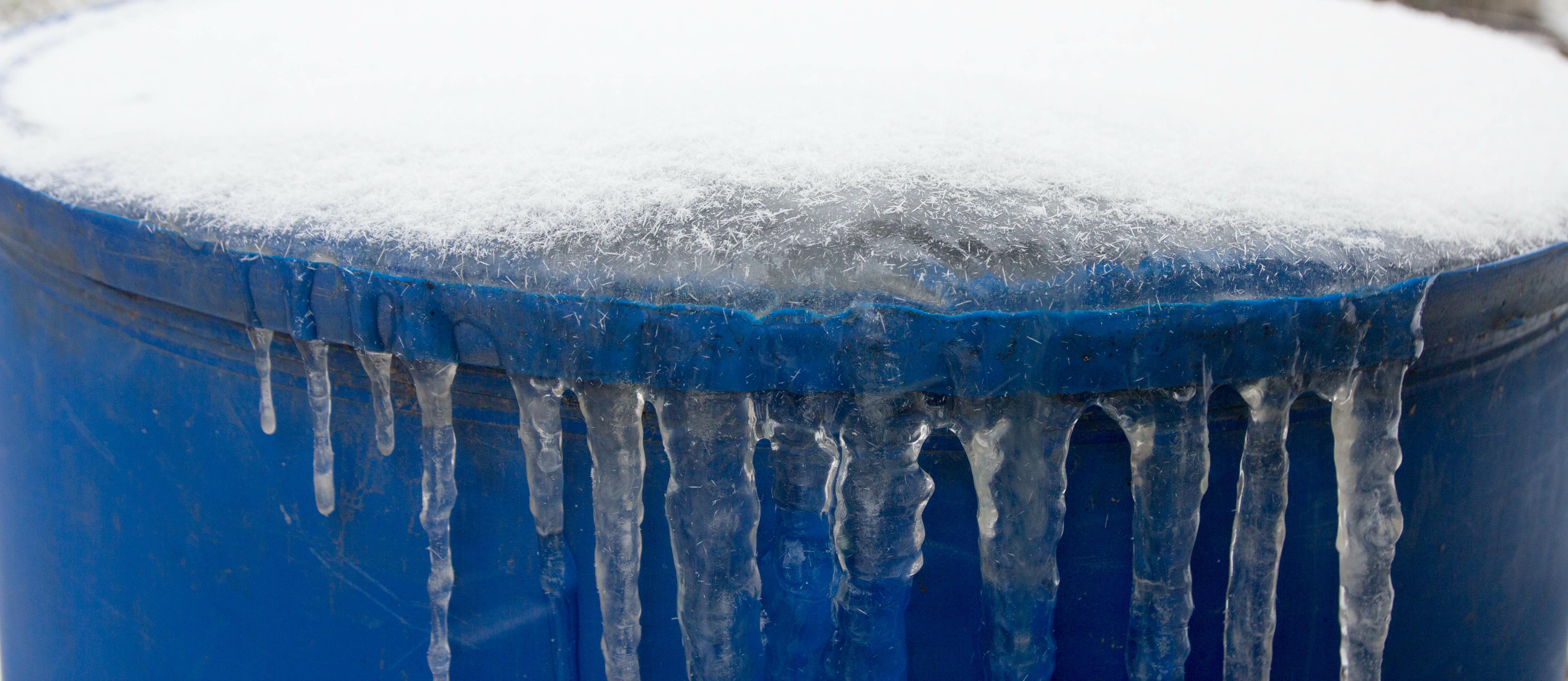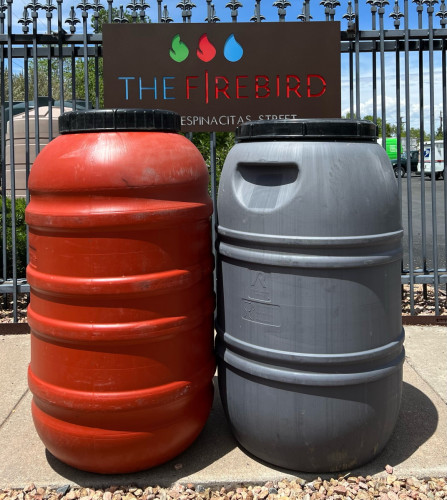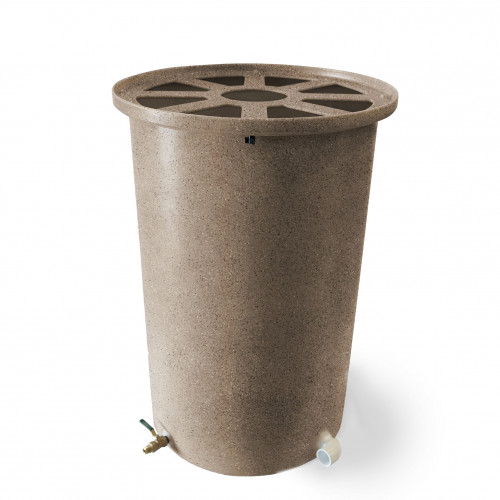Are rain barrels worth it?
Rain barrels are a worthwhile investment for many homeowners, depending on their needs and circumstances. The best thing to do when deciding if rain barrels are best for you is to take these factors into account first:
Climate: Rain barrels are most effective in most areas with rainfall, especially during the growing season. Although Northern New Mexico climate can be dry, we experience a very wet monsoon season. Investing in rain barrels ensures rain water will be available to you throughout the growing season.
Water needs: If you have a large garden or lawn that requires regular irrigation, rain barrels can be a cost-effective way to meet your watering needs. However, if you have a small yard or don't use much water outdoors, the benefits of rain barrels may be less significant.
Cost: Rain barrels can range in price from around $50 to several hundred dollars, depending on the size and quality. If you're on a tight budget, you may need to weigh the cost of a rain barrel against other water-saving measures, such as planting drought-tolerant plants or using a drip irrigation system.
Rain barrels can be a worthwhile investment for homeowners who have regular rainfall, water-intensive outdoor activities, and want to reduce their water bills or environmental impact.
Expert Tip: The key to creating an affordable do-it-yourself rainwater harvesting system is to find a local source for recycled plastic barrels.
Typically, the best recycled barrel options come from food and beverage processors, shipping companies, or local distributors who have made collecting these barrels from other companies a part of their business. With removable screw-on lids, debris screen and brass spigot, these barrels are ready for your do-it-yourself project.

Can you leave a rain barrel out in the winter?
Whether or not you can leave your rain barrel outside during the winter months depends on the material of the barrel, your city’s average winter climate, and how well you maintain your rain barrel.
Rain barrels are commonly made of plastic, metal, or wood. Plastic rain barrels are the most common and are suitable for winter because they are less likely to crack or break in freezing temperatures. Metal rain barrels can also withstand cold temperatures but may rust or corrode over time. Wood rain barrels are not recommended for winter use, as they easily absorb moisture and crack when exposed to freezing temperatures.
In areas with mild winters, rain barrels can usually be left outside year-round. On the other hand, in places like Santa Fe that can experience temperatures below 32 degrees in winter, it's important to take steps to prevent the water in the rain barrel from freezing. A frozen rain barrel can cause it to crack or burst. Preventing it from freezing may involve draining the barrel before freezing temperatures occur or using a heater or other insulation.
Whether you choose to leave your rain barrel out in the winter or not, it's important to properly maintain it to prevent damage. This may involve cleaning the barrel periodically to remove debris, inspecting it for cracks or other damage, and ensuring that the overflow spout or outlet is clear and functioning properly.
When in doubt, give The Firebird a call to inquire about your rain barrel’s resistance to freezing or to ask about a new rainwater harvesting system. We are here to help!


